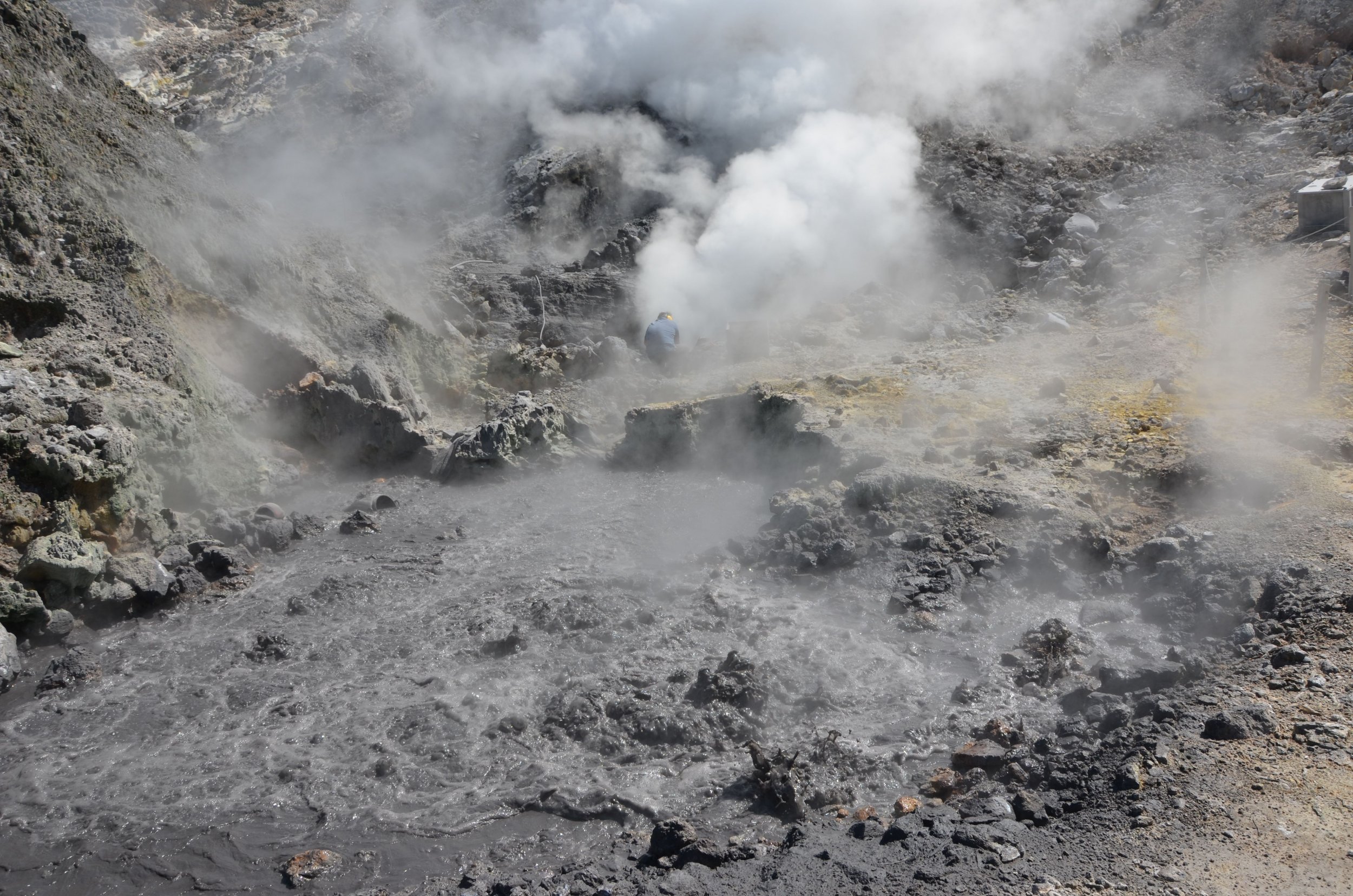
About 29,000 years ago, a massive volcanic eruption blanketed more than 55,000 square miles of the Mediterranean in ash. But until now, scientists weren't sure exactly where these widespread deposits of volcanic material came from.
With the help of a computer simulation, an international team of researchers discovered the eruption behind the ash took place at Campi Flegrei: a famous supervolcano that experienced an even larger caldera-forming eruption 40,000 years ago. They reported their findings in the scientific journal Geology.
Scientists have struggled to pin down the source of a mysterious layer of volcanic ash that showed up in marine and lake sediment cores gathered from around the region. Researchers have been aware of this weird layer for some four decades, according to a statement from the Geological Society of America.
Researchers from institutions in the U.K., Italy, France and the U.S. probed volcanic material from about 3 miles northeast of Campi Flegrei, in Italy. Chemical analysis revealed it matched the peculiar ash from the widespread layer. New dating of the material collected from the eruption site supported their conclusion.
The geologists used a computer model to map the scale of the 29,000 year-old eruption—which they have dubbed the Masseria del Monte Tuff. The team think it was roughly similar in size to another big caldera-forming eruption at Campi Flegrei, the Neapolitan Yellow Tuff, which occurred 15,000 years ago.
Campi Flegrei's "super colossal" eruption 40,000 years ago is the largest known to have occurred in Europe over the past 200,000 years. Located to the west of Naples, the volcanic system, made up of some 24 craters, is now a national park.
In a separate study, scientists recently discovered that magma appears to be building beneath the caldera. Researchers think this means the volcano is starting a new caldera cycle, which could mean a large eruption will take place in the future. Luckily, the research does not suggest that such an eruption will occur anytime soon.
But outside experts questioned the team's assertion that their results show Campi Flegrei is on course to erupt. Volcanologist Christopher Kilburn, from the University College London, suggested the researchers were making a jump from their results to this conclusion.
Luca De Siena from the U.K.'s University of Aberdeen told Newsweek a problem facing researchers probing the Campi Flegrei, and other large volcanic systems, is the fact that we can't yet see the "plumbing systems" that lie deep beneath the surface.
Uncommon Knowledge
Newsweek is committed to challenging conventional wisdom and finding connections in the search for common ground.
Newsweek is committed to challenging conventional wisdom and finding connections in the search for common ground.
About the writer
Katherine Hignett is a reporter based in London. She currently covers current affairs, health and science. Prior to joining Newsweek ... Read more





